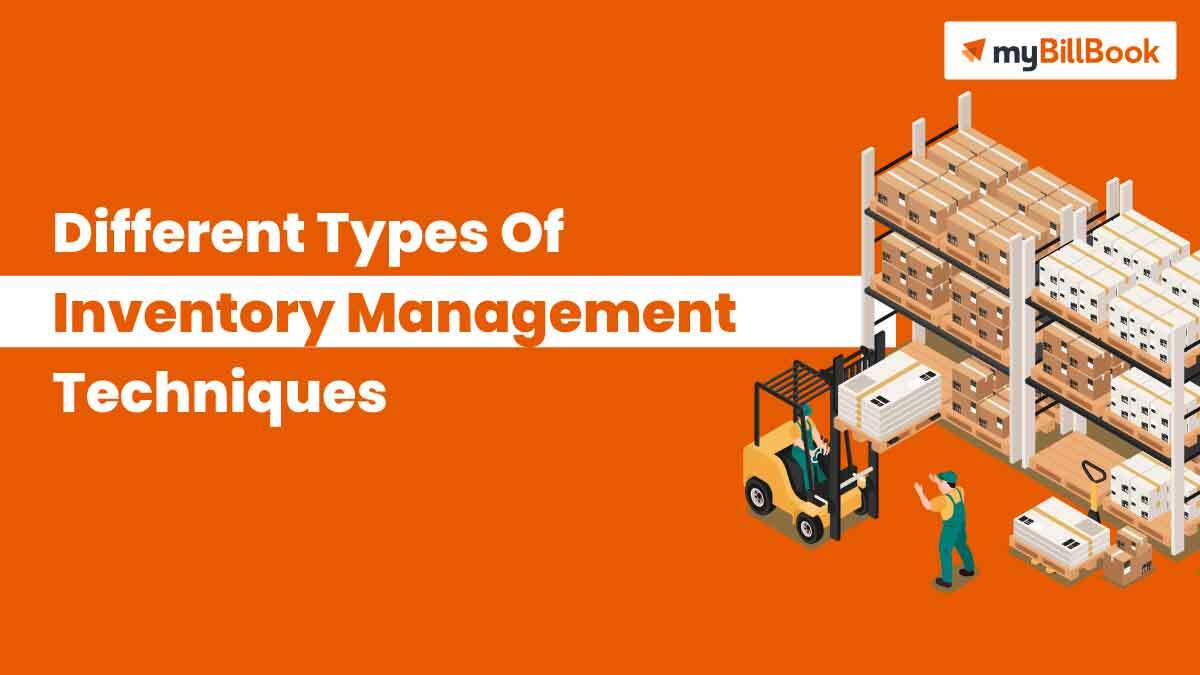
These are the products you would find on the shelves of retail stores or in a warehouse ready to be picked and shipped once sold. WIP inventory refers to any goods or materials which are part-way through the manufacturing process but haven’t yet been converted into a finished product. Some manufacturers include labour and related overheads in their WIP costs to ensure accuracy. Indirect raw materials are any materials that are used to produce goods but are not integrated into the final product.
- Any raw material that has been manipulated by human labor but is not yet a finished product is a work in process.
- Manufacturing inventory refers to all raw materials, components, work-in-progress goods, and packaging used to produce finished products.
- It helps to understand how much cash the buyer has tied up in inventory their business can’t sell yet.
- Obsolete inventory, also called dead stock, refers to finished goods that are unable to be sold.
Accounting benefits of inventory classification
The inventory management process is the key to not only determining the quality of your company’s output, but to the financial health of your entire business. It’s how you form a clear picture of your organizational liquidity, cash flow, and value. There are a few different ways to approach inventory management types.
Inventory management
However, if we consider the flour business, that company would buy wheat from farmers to make its final product. In that case, wheat and anything else used to make flour would be treated as raw material inventory. Excess inventory is any unsold or unused stock a company has left over after a sales period.
Integrated systems
Like brick-and-mortar stores, ecommerce outlets need warehouses of inventory to meet customer demand. But unlike physical stores, 100% of ecommerce inventory is kept in storage and packed up for delivery once sold. With QuickBooks inventory management, you always know what’s selling and what you need to order. On top of that, your balance sheet is automatically adjusted as your stock values change, so your financials are always up to date. Keeping too much inventory can lead to a cash flow shortfall, excessive storage costs and spoilage of perishable stock.
How do small businesses manage inventory?
Regardless of the type of inventory control you practice, you’ll need an inventory system. There are several types of inventory management systems, but inventory software is the clear choice for growing businesses. Sortly is a modern mobile inventory solution that allows you to track inventory, supplies, materials, and assets in one easy app. Less common types of inventory might include safety stock, packing materials, cycle inventory, service inventory, transit, theoretical, excess and maintenance, and decoupling inventory. In retail inventory management, businesses use an inventory type called finished goods ready to be sold. This is different from finished goods in manufacturing because they’re finished items purchased for retail selling or wholesale.
This inventory template notes items in stock by name, description, and unit price. In addition, it includes useful formulas to help you keep track of inventory value per you need millennials heres how to attract hire and keep them happy. item; stock reorder level, quantity to reorder, and reorder time. It also keeps track of whether the item is discontinued so that you stay on top of your ordering.
Before you develop an effective inventory management strategy you need to understand what inventory is, its various types, and how it works in a business. With so many different types of inventory to keep track of, investing in inventory management software can bring order to chaos and help you better manage inventory across all locations. The days of missing parts and runaway costs are over, turning your inventory into your company’s secret weapon. Finished goods inventory includes items that are ready to sell to customers. All finished goods that are ready for sale are called merchandise.

Inventory optimisation tools help businesses determine roughly how much stock they are likely to sell throughout the year. Safety stock is the finished goods inventory kept by a company in case of supply chain delays or sudden shifts in customer demand. Finished goods or merchandise inventory is stock that requires no further production or labour efforts before they are sold. In other words, it covers the goods ready for purchase right up until the sale is made. Work-in-progress goods are unfinished products that have begun to be assembled but are not yet ready for sale.
